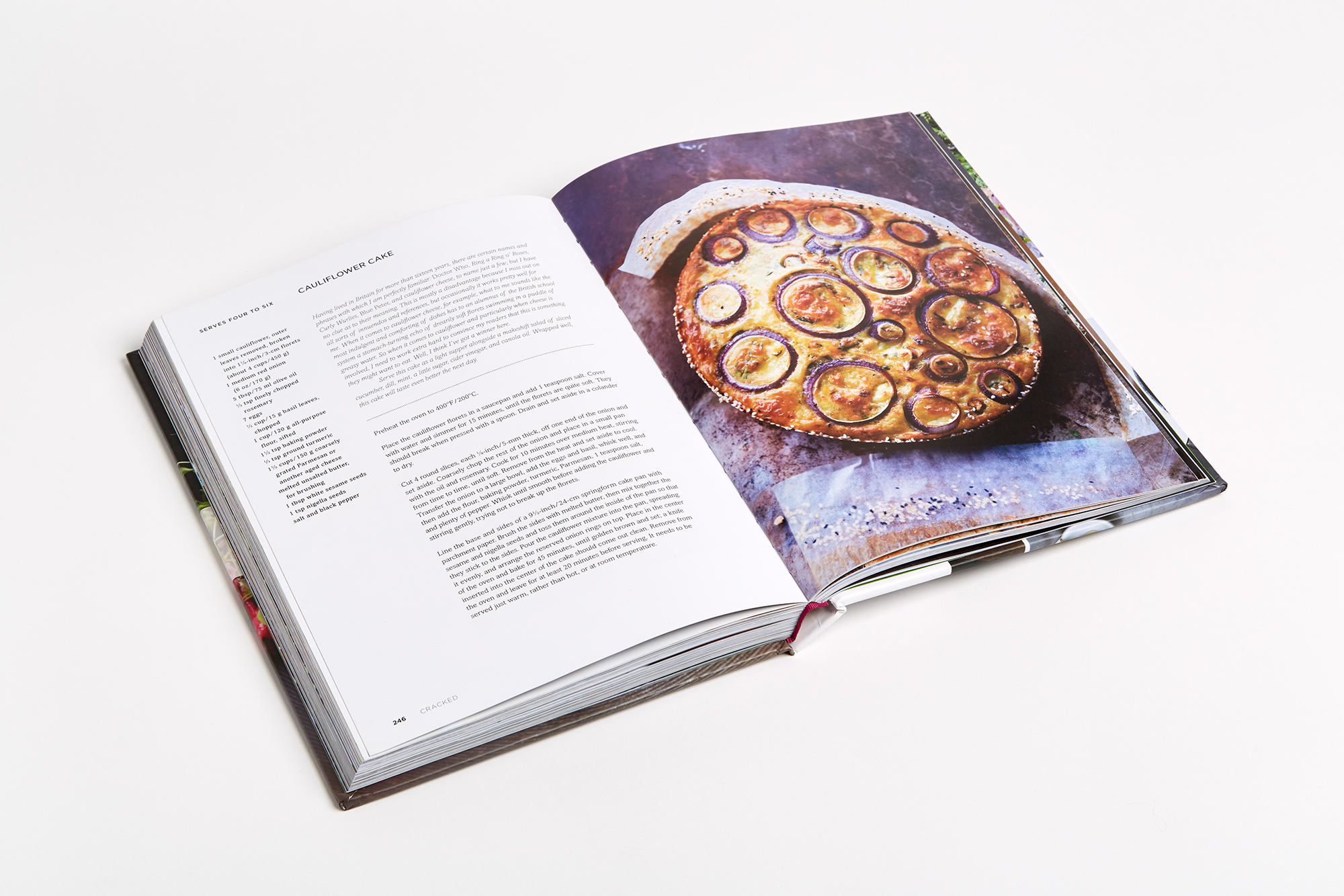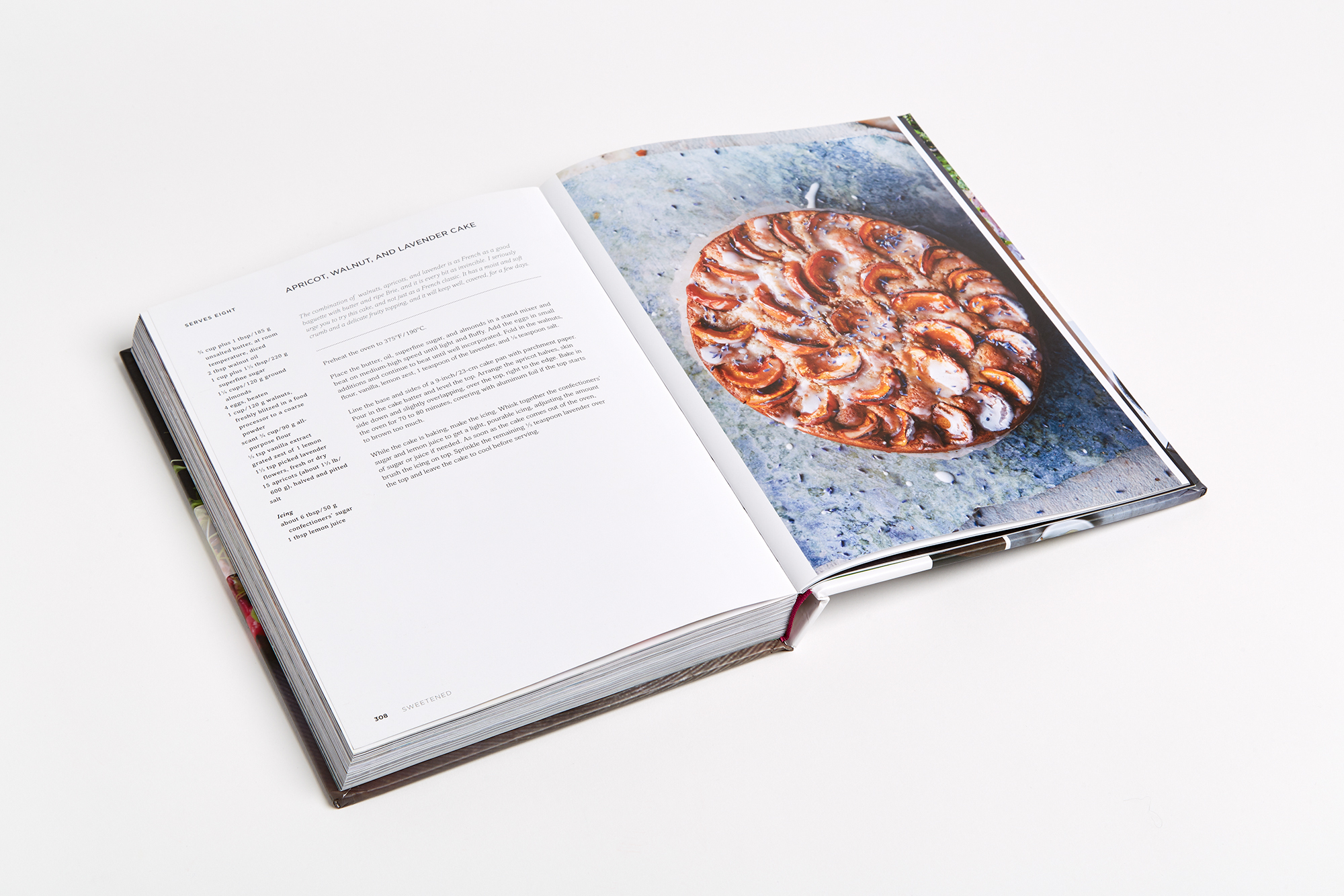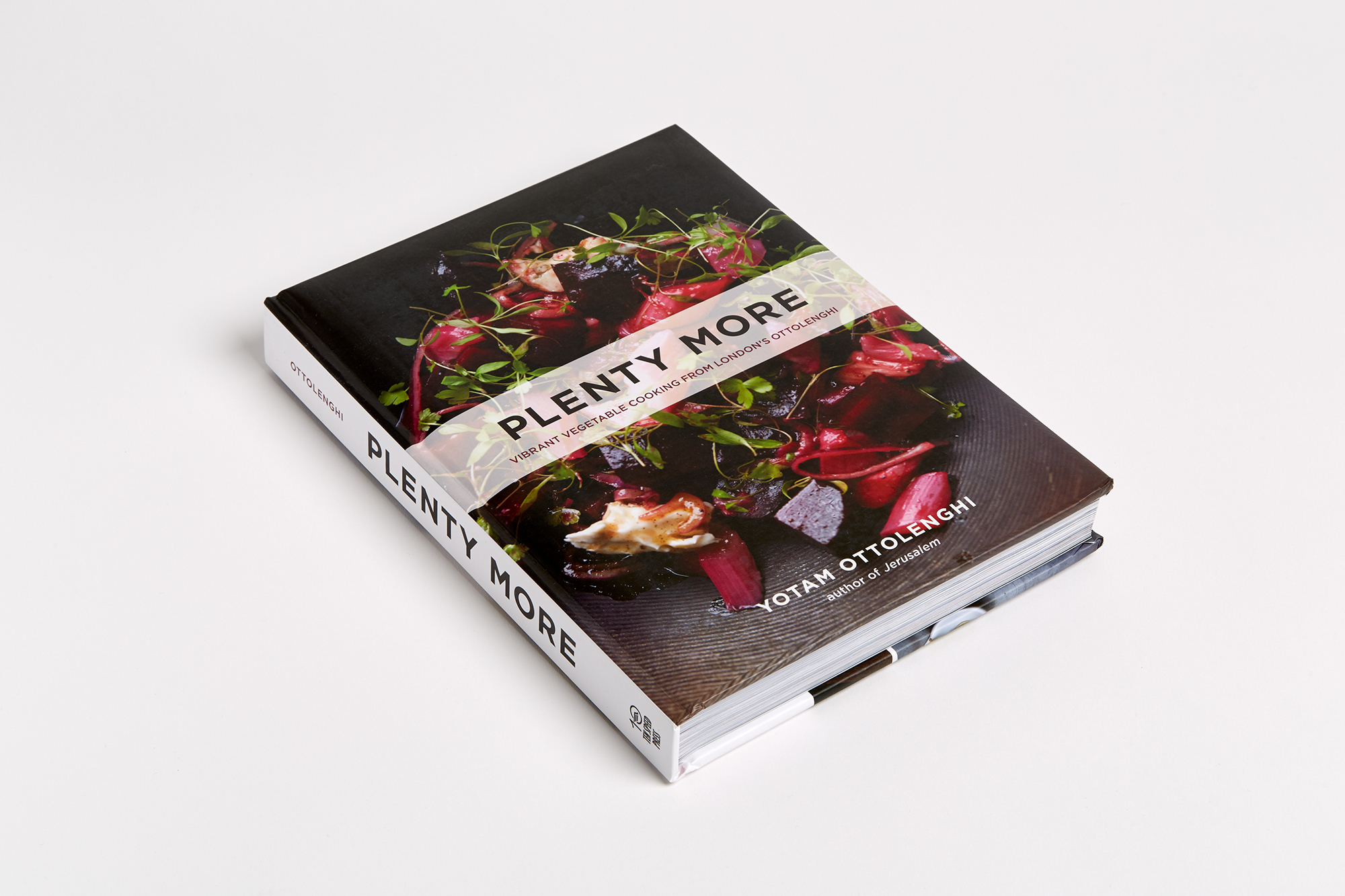Introduction
Vegi-renaissance
Chunky green olives in olive oil; a heady marinade of soy sauce and chile; crushed chickpeas with green peas; smoky paprika in a potent dip; quinoa, bulgur, and buckwheat wedded in a citrus dressing; tahini and halvah ice cream; savory puddings; fennel braised in verjuice; Vietnamese salads and Lebanese dips; thick yogurt over smoky eggplant pulp—I could go on and on with a list that is intricate, endless, and exciting. But I wasn’t always aware of this infinite bounty; it took me quite a while to discover it. Let me explain.
As you grow older, I now realize, you stop being scared of some things that used to absolutely terrify you. When I was a little, for example, I couldn’t stand being left on my own. I found the idea—not the experience, as I was never really left alone—petrifying. I fiercely resented the notion of spending an evening unaccompanied well into my twenties; I always had a “plan.” When I finally forced myself to face this demon, I discovered, of course, that not only was my worry unfounded, I could actually feast on my time alone.
Eight years ago, facing the prospect of writing a weekly vegetarian recipe in the
Guardian, I found myself gripped by two such paralyzing fears.
First, I didn’t want to be pigeonholed as someone who cooks only vegetables. At the time, and in some senses still today, vegetables and legumes were not precisely the top choice for most cooks. Meat and fish were the undisputed heroes in lots of homes and restaurant kitchens. They got the “star treatment” in terms of attention and affection; vegetables got the supporting roles, if any.
Still, I jumped into the water and, fortunately, just as I was growing up and overcoming my fear, the world of food was also growing up. We have moved forward a fair bit since 2006. Overall, more and more confirmed carnivores, chefs included, are happy to celebrate vegetables, grains, and legumes. They do so for a variety of reasons related to reducing their meat consumption: animal welfare is often quoted, as well as the environment, general sustainability, and health. However, I am convinced there is an even bigger incentive, which relates to my second big fear when I took on the
Guardian column: running out of ideas.
It was in only the second week of being the newspaper’s vegetarian columnist that I felt the chill up my spine. I suddenly realized that I had only about four ideas up my sleeve—enough for a month—and after that, nothing! My inexperience as a recipe writer led me to think that there was a finite number of vegetarian ideas and that it wouldn’t be long before I’d exhausted them.
Not at all! As soon as I opened my eyes, I began discovering a world of ingredients and techniques, dishes and skills that ceaselessly informed me and fed me. And I was not the only one. Many people, initially weary of the limiting nature of the subject matter (we are, after all, never asked in a restaurant how we’d like our cauliflower cooked: medium or medium-well), had started to discover a whole range of cuisines, dishes, and ingredients that make vegetables shine like any bright star.
Just like me, other cooks are finding reassurance in the abundance around them that turns the cooking of vegetables into the real deal. They are becoming more familiar with different varieties of chiles, ways of straining yogurt, new kinds of citrus (like pomelo or yuzu), whole grains and pearled grains, Japanese condiments and North African spice mixes, a vast number of dried pasta shapes, and making their own fresh pasta. They are happy to explore markets and specialty shops or go online to find an unusual dried herb or a particular brand of curry powder. They read cookbooks and watch television programs exploring recent cooking trends or complex baking techniques. The world is their oyster, only a vegetarian one, and it is varied and exciting.
------------------------------------------------------
Raw vegetable salad
Certain vegetables—cauliflower, turnip, asparagus, and zucchini are all good examples—are hardly ever eaten raw in the UK. When I travel back home to visit my parents, I always enjoy a crunchy salad like this one, where the vegetables of the season are just chopped and thrown into a bowl with a fine vinaigrette. The result is stunning; it properly captures the essence of the season and is why I would make this salad only with fresh, seasonal, top-notch vegetables. This is really crucial. Ditto the dressing: if you can use a good-quality sunflower oil—one that actually tastes of sunflower seeds—it will make a real difference. The best way to cut the asparagus into strips is with a vegetable peeler. Serves four 1/3 head cauliflower
(7 oz/200 g), broken
into small florets
7 oz/200 g radishes
(long variety if possible),
thinly sliced lengthwise
6 asparagus spears
(7 oz/200 g), thinly
sliced lengthwise
1 cup/30 g watercress leaves
2/3 cup/100 g fresh or frozen green peas, blanched for
1 minute and refreshed
2/3 cup/20 g basil leaves
scant 2/3 cup/75 g pitted Kalamata olives
Dressing 1 small shallot, finely chopped (2 tbsp/20 g)
1 tsp mayonnaise
2 tbsp champagne vinegar or good-quality white
wine vinegar
1½ tsp Dijon mustard
6 tbsp/90 ml good-quality sunflower oil
salt and black pepper
First make the dressing. Mix together the shallot, mayonnaise, vinegar, mustard, and some salt and pepper in a large bowl. Whisk well as you slowly pour in the oil, along with ¾ teaspoon salt and a good grind of
black pepper.
Add all the salad ingredients to the dressing, use your hands to toss everything together gently, and serve.
Copyright © 2014 by Yotam Ottolenghi. All rights reserved. No part of this excerpt may be reproduced or reprinted without permission in writing from the publisher.







